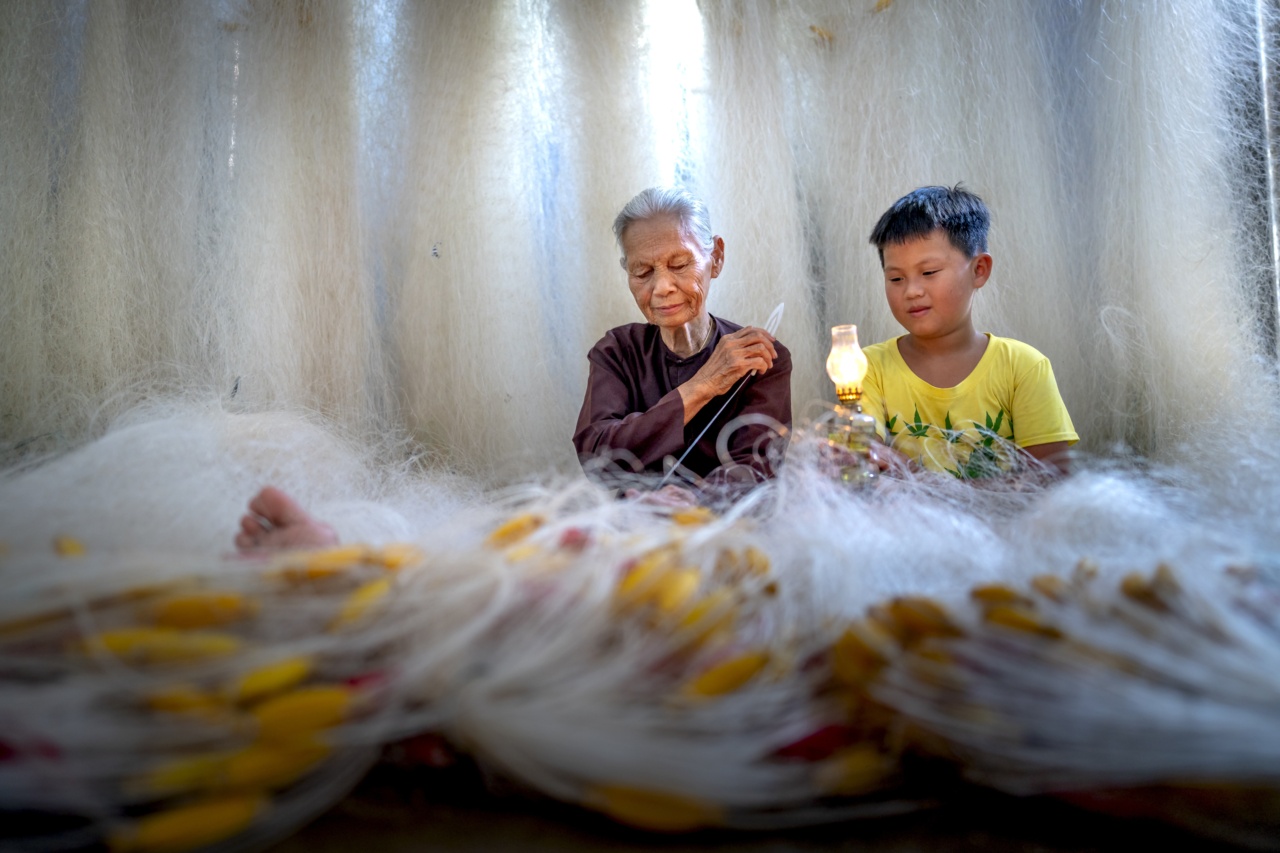Broken bones are common in children, and getting the right medical attention is crucial to ensure proper healing.
However, mistakes can be made during the treatment process, which can lead to further complications, prolonged healing times, and even permanent damage. In this article, we will discuss some of the common mistakes physicians make when mending broken bones in kids and how they can be avoided.
1. Failing to Get an Accurate Diagnosis
One of the most important steps in treating a broken bone is to get an accurate diagnosis. In some cases, physicians may fail to perform a complete examination or order the necessary imaging tests.
This can lead to inaccurate diagnoses and inappropriate treatments, which can delay healing times and result in further complications.
2. Incorrectly Placing a Cast
Placing a cast is one of the most common treatments for a broken bone. However, a cast needs to be correctly placed to ensure proper healing. Improper placement can cause discomfort, pressure sores, or even further damage to the bone.
Physicians should ensure that the cast is of the correct size, snugly fit, and does not impede circulation to the affected area. They should also instruct the patient or caregiver on proper care and management of the cast.
3. Delaying Treatment
Delaying treatment for a broken bone can lead to negative outcomes. The longer the delay, the more challenging it can be to set the bone and ensure proper healing.
In some cases, delay in treatment can lead to the need for surgical intervention, which can be more complicated and result in prolonged healing times. Physicians should ensure that they diagnose and treat broken bones as soon as possible to avoid complications.
4. Mismanaging Pain Relief
Bone fractures can be extremely painful, and it is essential to manage pain correctly. However, some physicians may overprescribe medication, leading to complications such as addiction.
At the same time, they may also under-prescribe, leading to inadequate relief for the patient. Physicians should correctly assess the level of pain and prescribe pain medications accordingly. They should also monitor patients for potential side effects or complications.
5. Recommending Inappropriate Physical Activity
After a broken bone, there will be a period of rest and limited physical activity. However, recommending inappropriate physical activity can lead to further damage or delayed healing.
Physicians should advise their patients on proper rest periods and gradually return to activity protocols. They should monitor the patient’s progress and manage physical activity recommendations accordingly.
6. Failing to Follow Up
Following up with patients after a broken bone treatment is crucial to monitor healing and progress. Failing to follow up can lead to complications such as delayed healing, chronic pain, or permanent damage.
Physicians should schedule regular follow-up appointments and monitor any signs of delayed healing or complications.
7. Not Considering the Patient’s Age and Health Status
Not all broken bones are the same, and physicians should consider the patient’s age and health status when diagnosing and treating them.
Certain types of fractures may require specific treatments based on the patient’s age or underlying health conditions. Physicians should also consider potential complications such as osteoporosis or diabetes when planning treatment protocols.
8. Overrelying on Radiology
Radiology tests such as X-rays or CT scans can be useful for diagnosing broken bones, but they should not be over-relied upon. Overusing radiology tests can expose patients to unnecessary radiation and increase healthcare costs.
Physicians should instead rely on other examination methods such as physical examination or ultrasounds where possible.
9. Failing to Address Emotional Needs
Falling and breaking a bone can be traumatic, especially for children. Physicians should be aware of the emotional impact that a broken bone can have on a patient and their family.
They should provide support and resources where necessary to address emotional needs.
10. Not Seeking Specialist Advice
In some cases, physicians may need specialist input when managing broken bones. Not all physicians have the expertise or knowledge to manage complex cases.
They should refer patients to specialists such as orthopedic surgeons, physical therapists, or pediatricians where necessary.































